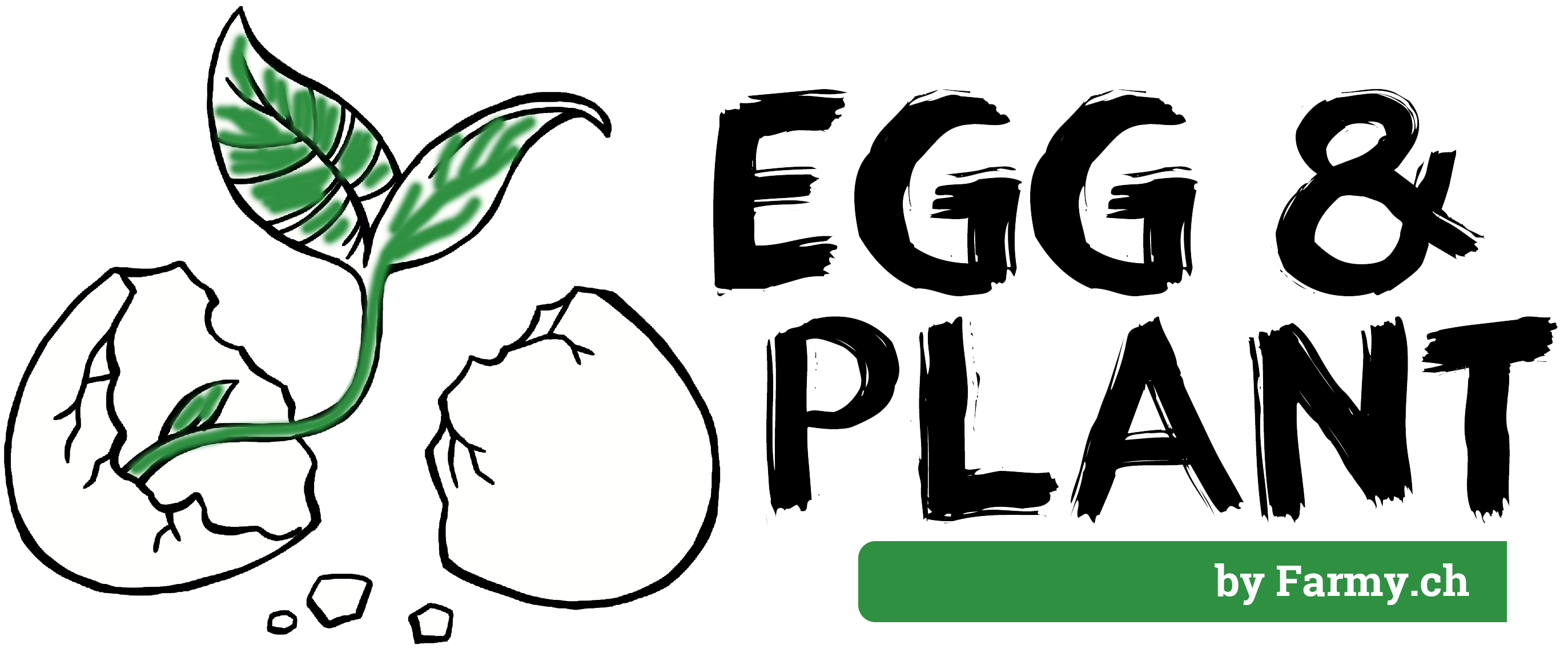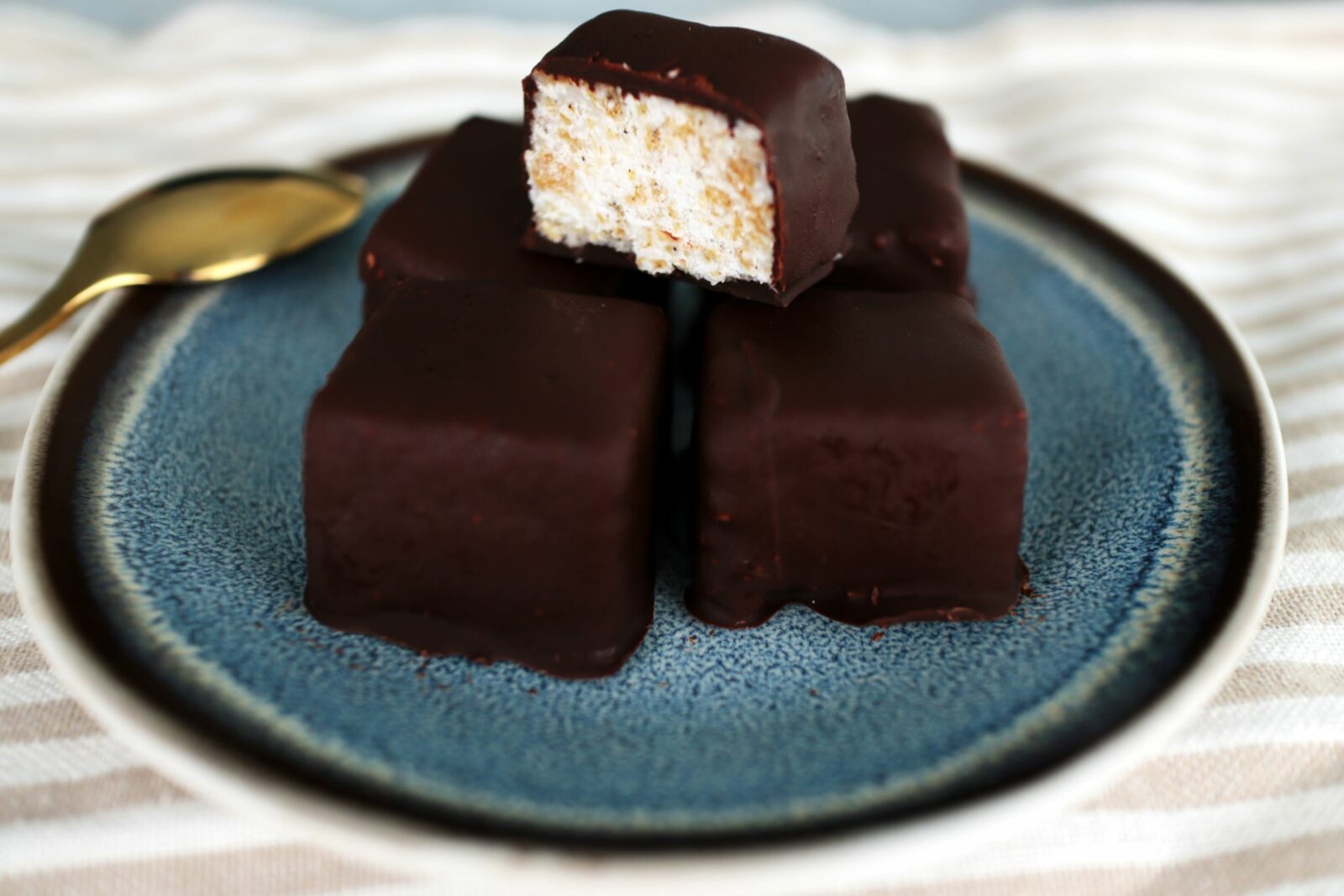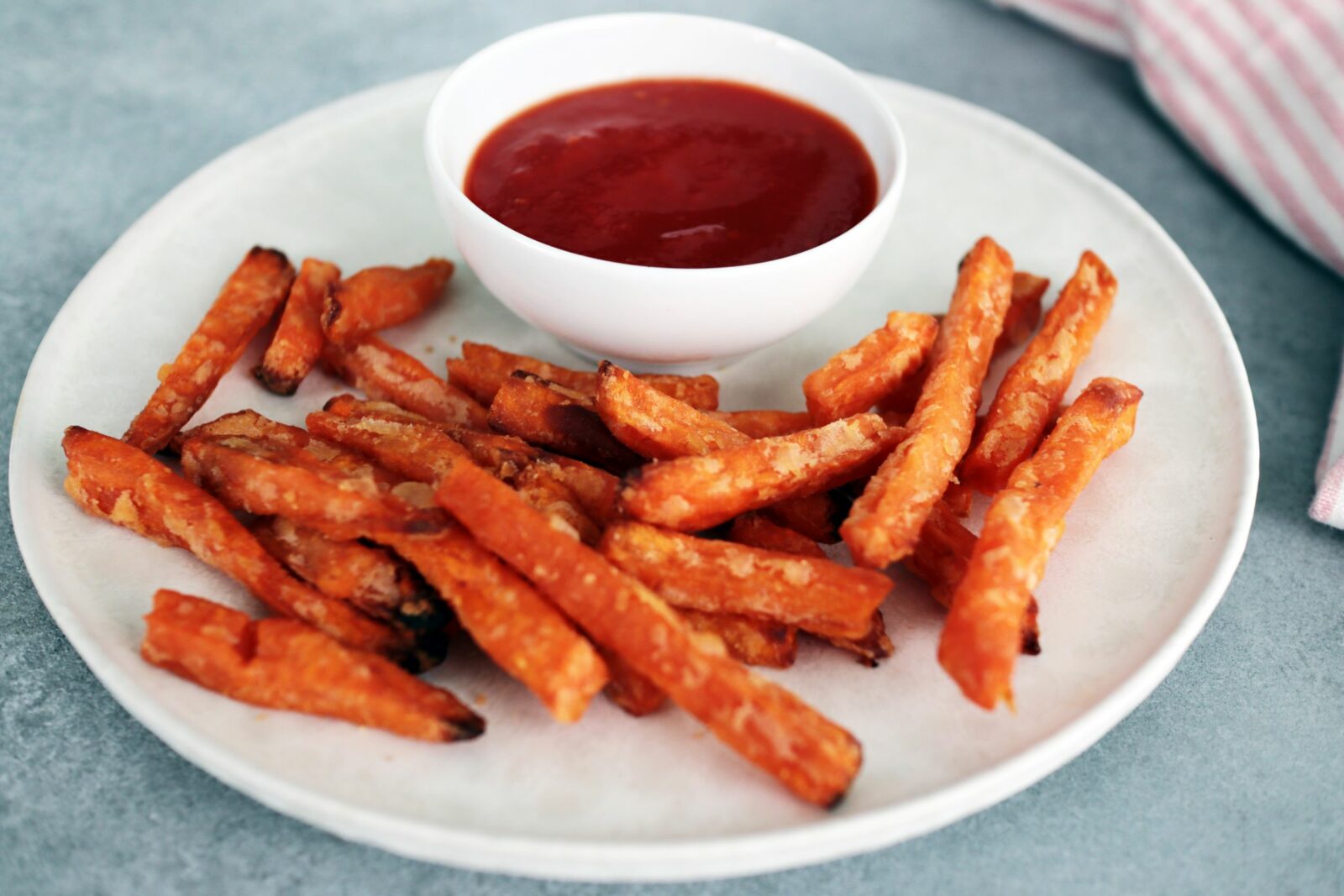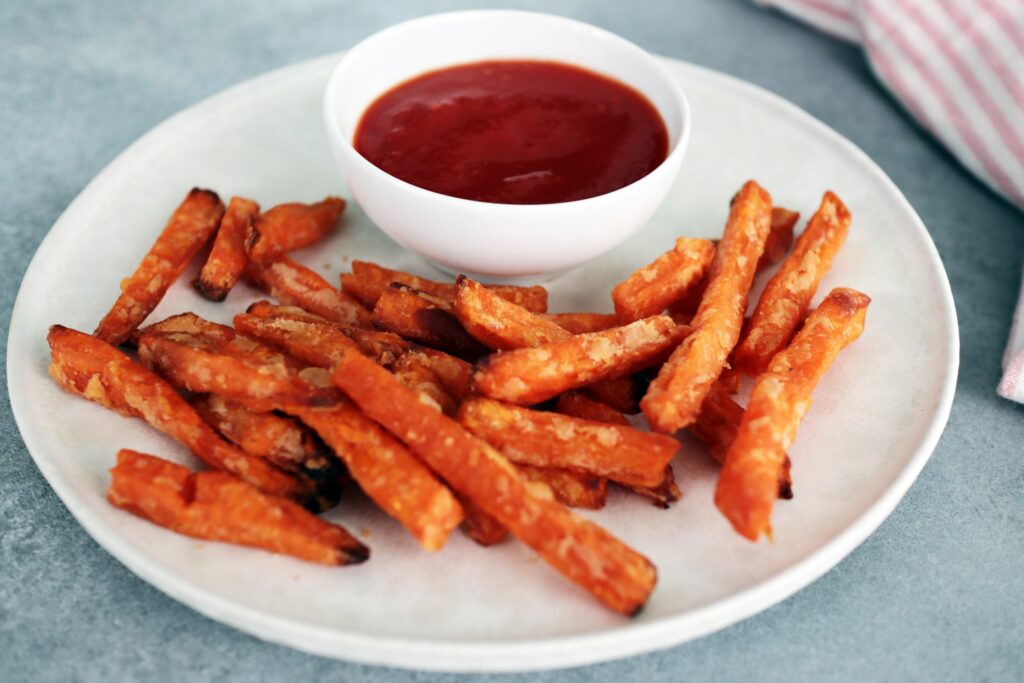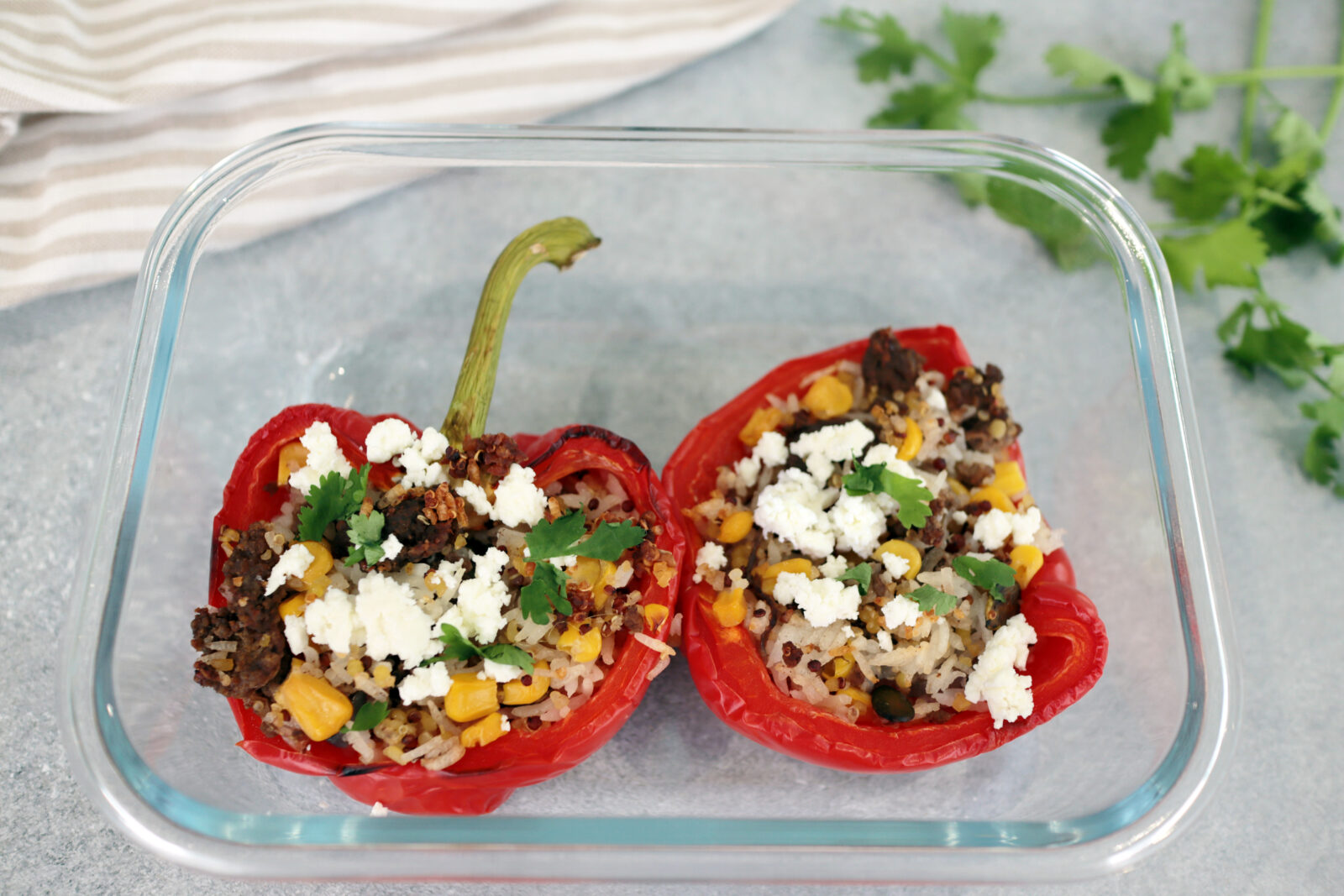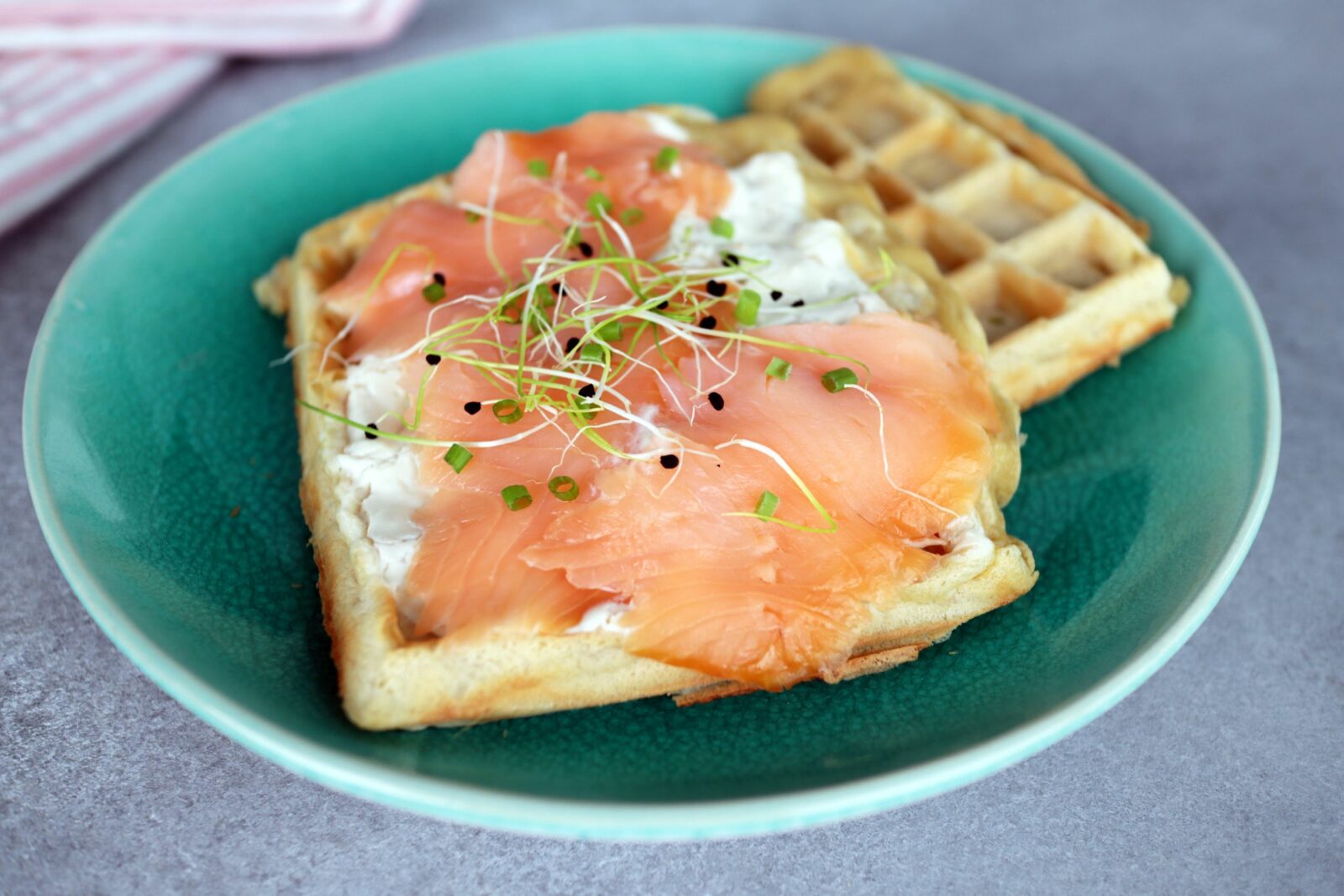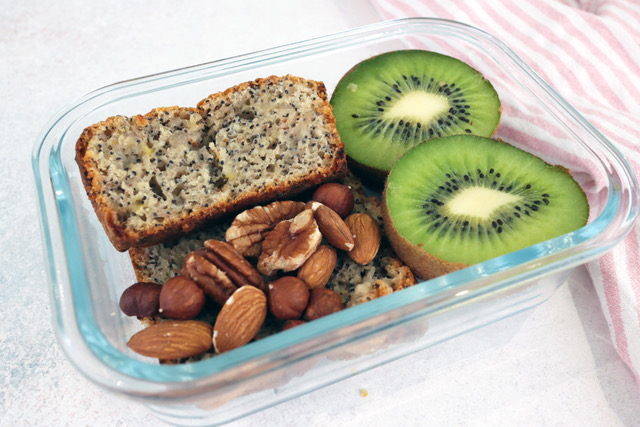
In between traditional lemon cake and banana bread, this recipe will bring together fans of both delicacies. The lemon and poppy seed combination is also a great classic that works superbly well on the plate to delight both the eyes and the mouth. A real treat!

- 170 g wheat flour
- 120 g banana ripe
- 80 ml plant milk warm
- 60 g cane sugar
- 2 tbsp poppy seeds
- 1 tbsp almond purée white or whole almonds
- 1 lemon
- 1/2 sachet baking powder
- Preheat your oven to 180°C.
- Mix the flour, sugar, poppy seeds and baking powder in a bowl.
- Peel and mash the banana with a fork, then add it to the bowl.
- Squeeze the lemon and pour the juice into the bowl. Mix well. Add the plant milk and almond purée. Mix well.
- Pour the mixture into a greased or lined cake tin.
- Decorate the cake as desired (with banana, oatmeal, coconut, etc.).
- Bake in the oven for 40 to 50 minutes (depending on the power of your oven).
- Carry out the "knife test" to make sure the cake is cooked through. Stick the blade of a knife into the cake: if it comes out clean, the cake is cooked!
